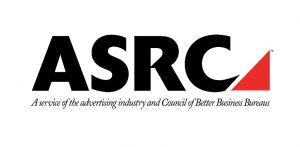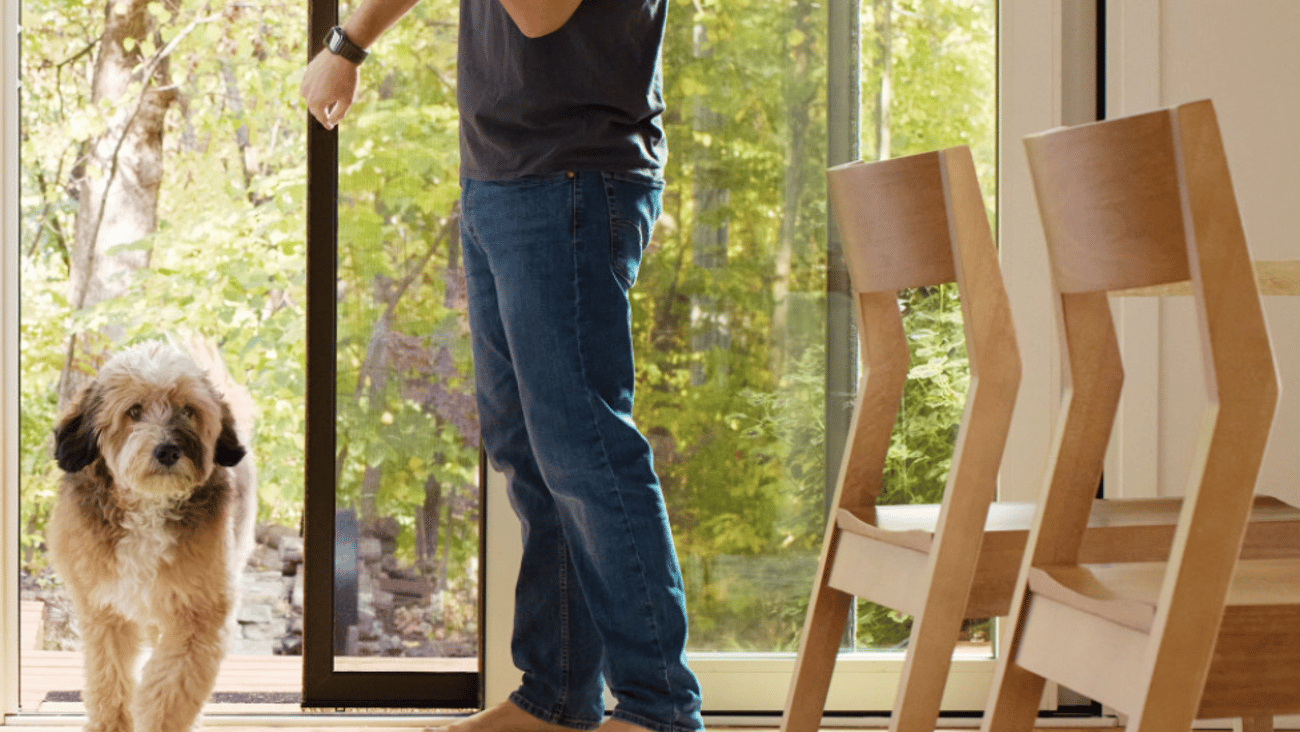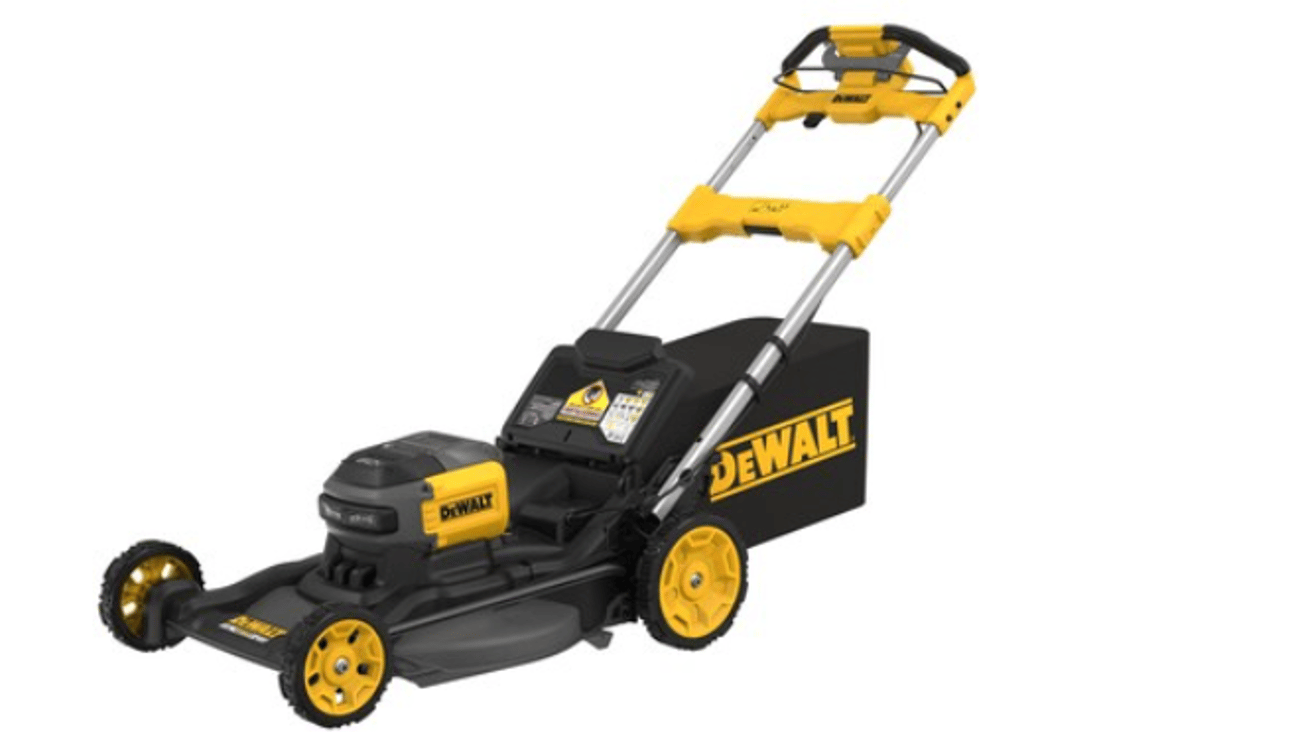Sherwin-Williams protests Behr's "no. 1" claim
This commercial drew the ire of its competitor — with some justification, says an arbiter of advertising.
The National Advertising Division has recommended that Behr Process Corporation discontinue certain advertising claims made in television, print and in-store advertising for its Behr line of paints and stains, including a “Number One” ranking claim made in the commercial “Home Grown.”
NAD is an investigative unit of the advertising industry’s system of self-regulation and is administered by the Council of Better Business Bureaus.
The claims at issue were challenged by the Sherwin-Williams Company, and included:
During the course of the proceeding, the parties agreed to administratively close Sherwin Williams’ challenge to “zero VOC” and “low odor” claims. The parties’ consent does not preclude NAD from filing a complaint based on the same or similar claims as part of its monitoring responsibility.
NAD also administratively closed Sherwin Williams’ challenge to Behr’s use of logos from Marschall Labs on a brochure containing rankings that Behr made available to its sales team. The advertiser provided NAD with written assurance that that the report would not be used in any future advertising for the product or service and the advertising was permanently discontinued prior to the date of the challenge.
The advertiser’s “number one” claims appeared the television commercial “Home Grown,” which featured a home that is repainted several times through the course of a family’s life. The commercial closes with a visual of three Behr products: A purple Marquee paint, a Behr Premium Plus Ultra paint and a Waterproofing Stain & Sealer. The text beneath the cans reads: “America’s #1 Rated Paints and Stains.” The voiceover states: “Behr. #1 Rated Interior Paint, Exterior Paint, and Stain.” The advertiser advised NAD that it modified the disclosure to state “according to a leading independent consumer study.”
 The Advertising Self-Regulatory Council logo
The Advertising Self-Regulatory Council logo
The advertiser relied on rankings assigned by Consumer Reports as support for its “Number One” claims. NAD determined, however, that the commercial communicated a line claim. Given that not all of Behr’s products are top-rated by the magazine, NAD determined that Behr was not able to support a claim that all of its paint products are ranked number one.
Despite that finding, NAD determined that the advertiser could support a modified claim based on rankings from Consumer Reports as long as the claim sufficiently identifies the products that actually received a “Number One” ranking.
During the course of NAD’s review, the advertiser noted that it had revised its advertising to include the following disclaimer: “according to a leading independent consumer study.” The challenger took issue with the revision arguing that the language suggested the ranking was offered by consumers, rather than the publication. After reviewing the claim and disclosure in context, NAD determined that the use of the word “study” in the disclosure could be interpreted as a study surveying actual consumers’ preferences. NAD recommended that the advertiser modify its disclosure to avoid conveying the message that the claim is based on a consumer survey.
With respect to the advertiser’s “best you can buy” claim in the “One Home, Many Lives” commercial, NAD recommended that the advertiser discontinue the commercial or modify it to avoid linking a “best” claim to product performance benefits in the absence of any comparative testing in the record to support this claim. NAD further recommended that the advertiser discontinue the “unbeatable prices” claim contained in the “One Home, Many Lives” commercial in the absence of evidence that it has the lowest price.
NAD found that the “Home Grown” and “One Home, Many Lives” commercials did not convey an implied message that Behr paints can survive for many years without the need for repainting or touch-ups.
With respect to the “best-in-class performance” claim contained in the advertiser’s print advertisement, NAD found that the advertiser had a reasonable basis to claim that its Behr Premium Plus” paint is “best-in-class” when linked to a “highest rated” claim and accompanied by an appropriate disclosure informing consumers that the “highest rated” attribute is based on the results of a third-party consumer study.
With respect to the “Dare to Compare” campaign in Home Depot stores, NAD recommended that the advertiser take steps to ensure that Home Depot’s “dare to compare” advertising of Behr paints makes “apples to apples” comparisons to competing products or, if “apples to oranges” comparisons are made, that the material differences between the compared products are sufficiently disclosed.
Finally, with respect to the “Best Paints, Best Brands” claim made on the “Dare to Compare” advertising, NAD found that the claim was puffery when made in the context of a simple price comparison. However, NAD found that the claim was objectively provable in versions of the billboards that listed and compared various product attributes and therefore NAD recommended that the advertiser discontinue these versions of the billboards or modify them to avoid communicating the message that the advertised Behr paint product is the “best” because of specific product attributes.
In its advertiser’s statement, Behr agreed to comply with NAD’s recommendations.
NAD is an investigative unit of the advertising industry’s system of self-regulation and is administered by the Council of Better Business Bureaus.
The claims at issue were challenged by the Sherwin-Williams Company, and included:
- “America’s Number One Rated Paints and Stains.”
- “Number One Rated Interior Paint, Exterior Paint, and Exterior Stain”
- Behr paint is “the best you can buy”
- “Best Paints. Best Brands.”
- “Unbeatable Prices”
- “Dare to Compare”
- “Best-in-class performance with highest rated, zero VOC paint”
- Implied claim that one coat of Behr pain can last for at least twenty years in a high-traffic environment without the need for repainting or touch-ups.
During the course of the proceeding, the parties agreed to administratively close Sherwin Williams’ challenge to “zero VOC” and “low odor” claims. The parties’ consent does not preclude NAD from filing a complaint based on the same or similar claims as part of its monitoring responsibility.
NAD also administratively closed Sherwin Williams’ challenge to Behr’s use of logos from Marschall Labs on a brochure containing rankings that Behr made available to its sales team. The advertiser provided NAD with written assurance that that the report would not be used in any future advertising for the product or service and the advertising was permanently discontinued prior to the date of the challenge.
The advertiser’s “number one” claims appeared the television commercial “Home Grown,” which featured a home that is repainted several times through the course of a family’s life. The commercial closes with a visual of three Behr products: A purple Marquee paint, a Behr Premium Plus Ultra paint and a Waterproofing Stain & Sealer. The text beneath the cans reads: “America’s #1 Rated Paints and Stains.” The voiceover states: “Behr. #1 Rated Interior Paint, Exterior Paint, and Stain.” The advertiser advised NAD that it modified the disclosure to state “according to a leading independent consumer study.”
 The Advertising Self-Regulatory Council logo
The Advertising Self-Regulatory Council logoThe advertiser relied on rankings assigned by Consumer Reports as support for its “Number One” claims. NAD determined, however, that the commercial communicated a line claim. Given that not all of Behr’s products are top-rated by the magazine, NAD determined that Behr was not able to support a claim that all of its paint products are ranked number one.
Despite that finding, NAD determined that the advertiser could support a modified claim based on rankings from Consumer Reports as long as the claim sufficiently identifies the products that actually received a “Number One” ranking.
During the course of NAD’s review, the advertiser noted that it had revised its advertising to include the following disclaimer: “according to a leading independent consumer study.” The challenger took issue with the revision arguing that the language suggested the ranking was offered by consumers, rather than the publication. After reviewing the claim and disclosure in context, NAD determined that the use of the word “study” in the disclosure could be interpreted as a study surveying actual consumers’ preferences. NAD recommended that the advertiser modify its disclosure to avoid conveying the message that the claim is based on a consumer survey.
With respect to the advertiser’s “best you can buy” claim in the “One Home, Many Lives” commercial, NAD recommended that the advertiser discontinue the commercial or modify it to avoid linking a “best” claim to product performance benefits in the absence of any comparative testing in the record to support this claim. NAD further recommended that the advertiser discontinue the “unbeatable prices” claim contained in the “One Home, Many Lives” commercial in the absence of evidence that it has the lowest price.
NAD found that the “Home Grown” and “One Home, Many Lives” commercials did not convey an implied message that Behr paints can survive for many years without the need for repainting or touch-ups.
With respect to the “best-in-class performance” claim contained in the advertiser’s print advertisement, NAD found that the advertiser had a reasonable basis to claim that its Behr Premium Plus” paint is “best-in-class” when linked to a “highest rated” claim and accompanied by an appropriate disclosure informing consumers that the “highest rated” attribute is based on the results of a third-party consumer study.
With respect to the “Dare to Compare” campaign in Home Depot stores, NAD recommended that the advertiser take steps to ensure that Home Depot’s “dare to compare” advertising of Behr paints makes “apples to apples” comparisons to competing products or, if “apples to oranges” comparisons are made, that the material differences between the compared products are sufficiently disclosed.
Finally, with respect to the “Best Paints, Best Brands” claim made on the “Dare to Compare” advertising, NAD found that the claim was puffery when made in the context of a simple price comparison. However, NAD found that the claim was objectively provable in versions of the billboards that listed and compared various product attributes and therefore NAD recommended that the advertiser discontinue these versions of the billboards or modify them to avoid communicating the message that the advertised Behr paint product is the “best” because of specific product attributes.
In its advertiser’s statement, Behr agreed to comply with NAD’s recommendations.




